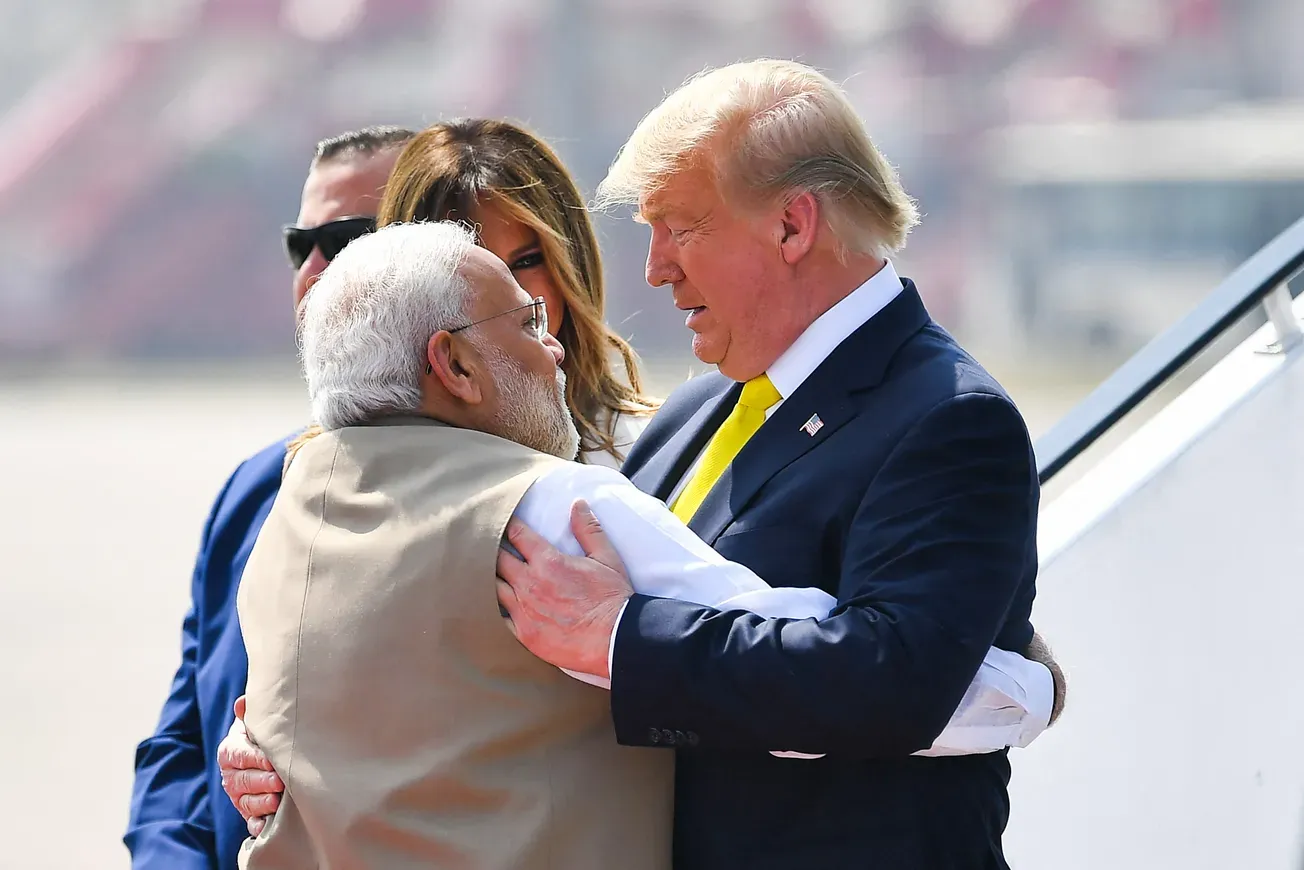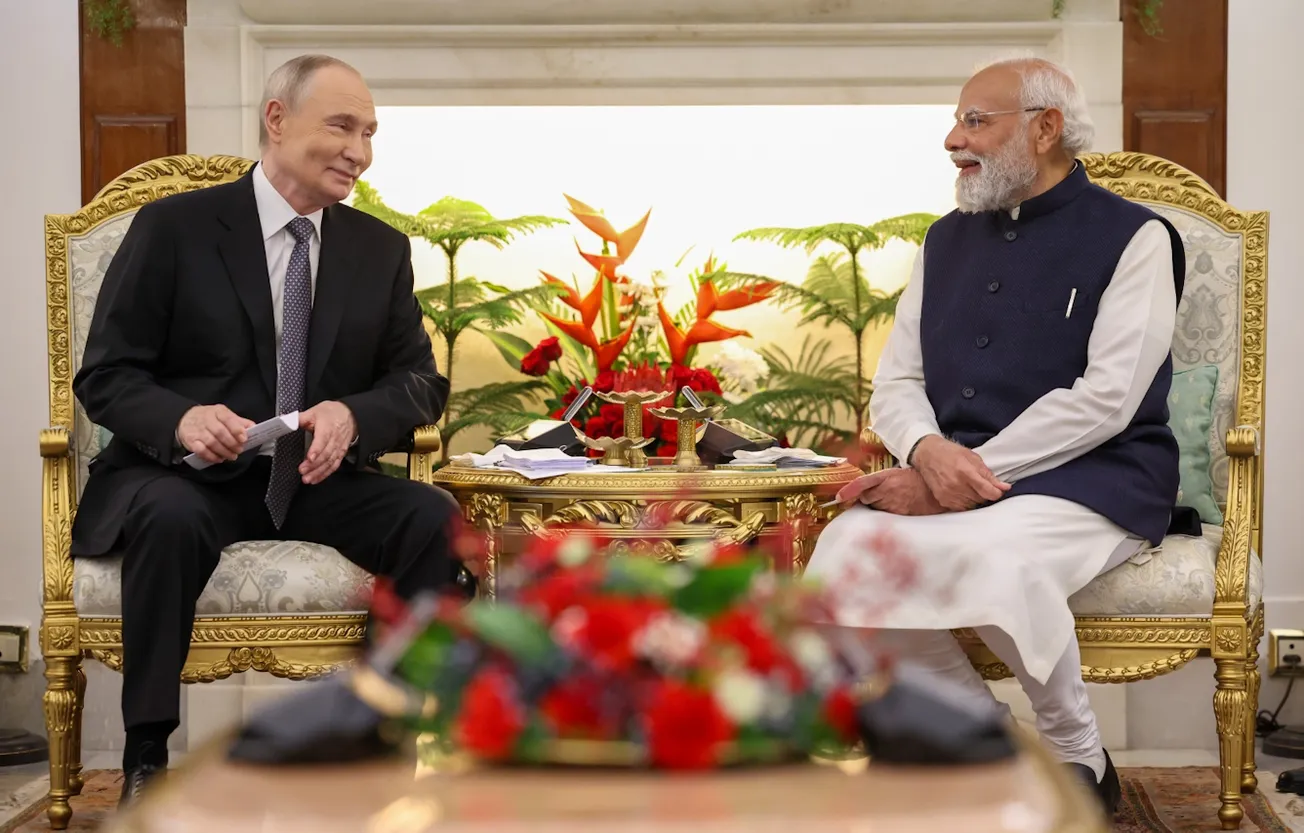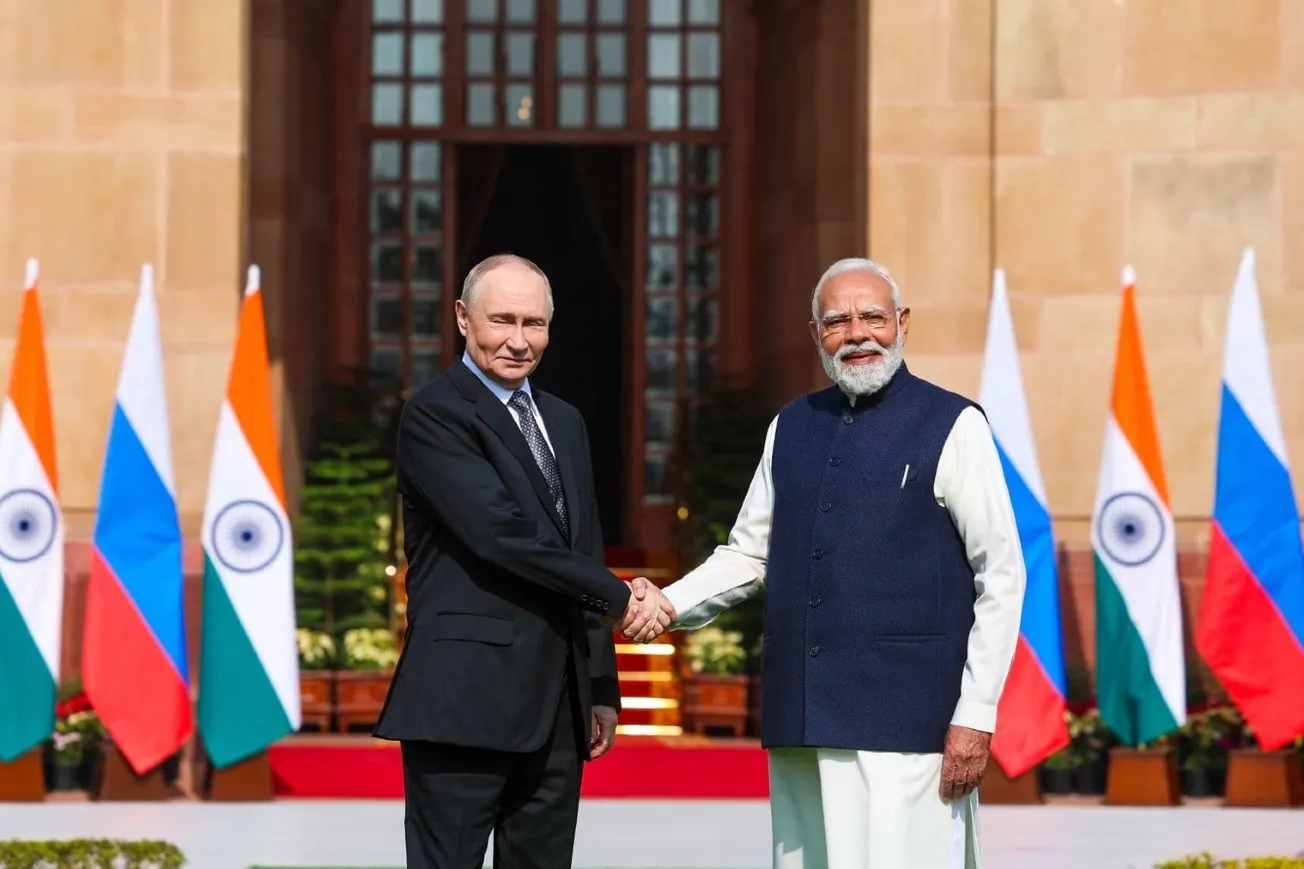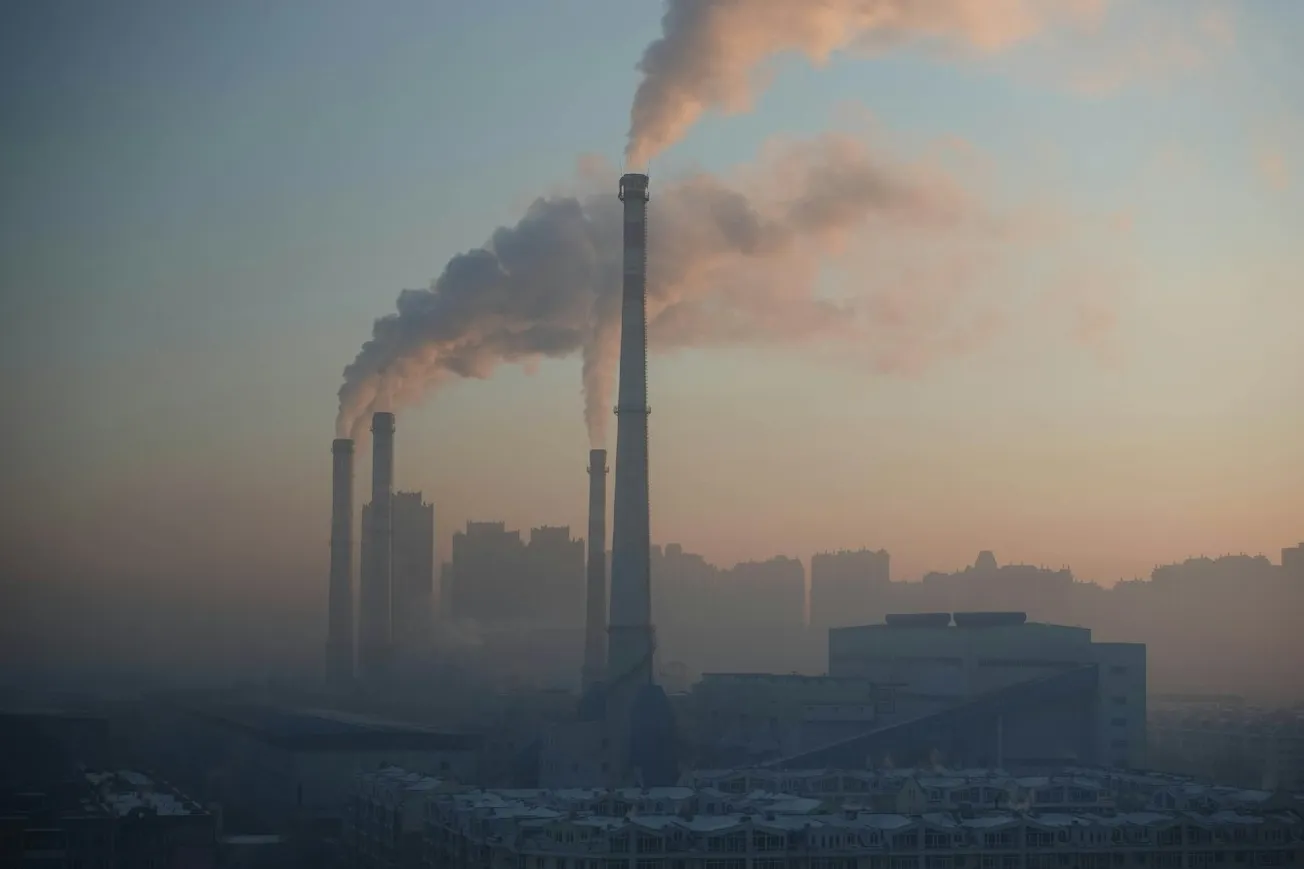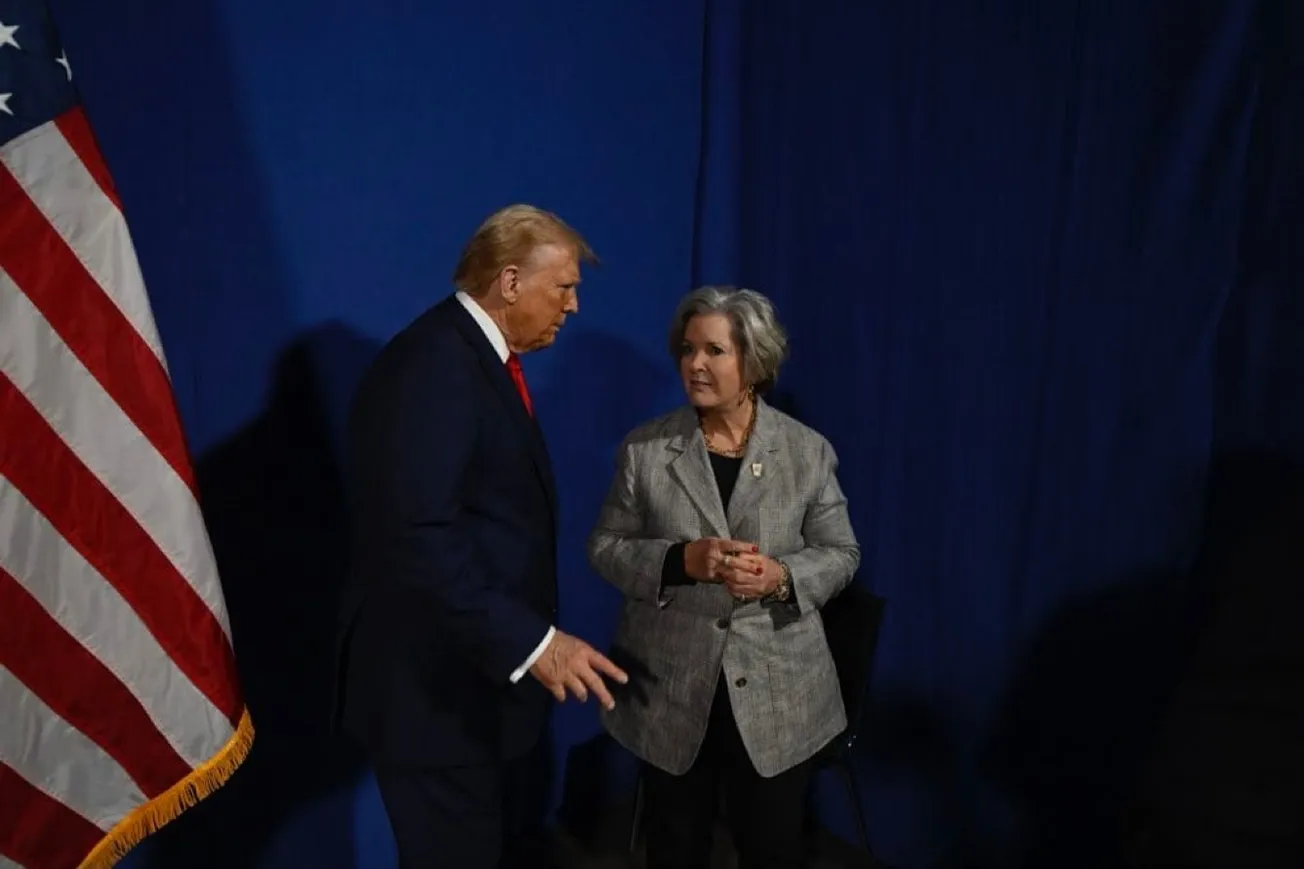By Duggan Flanakin, CFACT | February 21, 2025
A little over two years ago, representatives of President Joe Biden and Indian Prime Minister Narendra Modi reiterated a commitment to a “strategic clean energy partnership,” stressing that “climate and clean energy collaboration should promote energy access, affordability, energy justice, while supporting sustainable economic growth and just energy transitions.”
And just last September, the Biden and Modi administrations issued a joint statement of their mutual intent “to elevate and expand bilateral technical, financial, and policy support to expand complementary U.S. and Indian manufacturing capacity for clean energy technologies and components.”
How things have changed in such a short, few months.
In early February, newly elected Vice President JD Vance and Prime Minister Modi met in Paris (while attending an artificial intelligence summit) to discuss how the U.S. can assist India in diversifying its energy sourcing through investments in U.S. nuclear technology. The meeting came on the heels of an Indian proposal to amend its nuclear liability law to boost foreign and private investments in the nuclear energy sector.
Just days later, Mr. Modi and U.S. President Donald Trump launched a new initiative – the U.S.-India COMPACT (Catalyzing Opportunities for Military Partnership, Accelerated Commerce & Technology) for the 21st Century. The initiative seeks to drive transformative change across key pillars of cooperation.
The Biden-Modi agreements
The differences between the Biden-Modi and Trump-Modi agreements are striking, especially in the energy and technology areas. The October 2022 Biden-Modi bilateral agreement focused on facilitating increased energy investments to ensure sustainable, affordable, reliable, resilient, and cleaner energy systems.
Enhanced efforts under the pact included decarbonizing the industrial sector through efforts at electrification, carbon capture and storage, and deploying other emerging clean energy technologies; electrifying and decarbonizing the transportation sector by subsidizing electric vehicles; advancing renewable energy development and deployment; and assessing grid-integrated buildings, electric vehicles, and other distributed energy resources.
The two nations further agreed to a renewed focus on hydrogen and biofuels and to launch a new Energy Storage Task Force to support large-scale integration of renewable energy needed to support “the clean energy transition.” Lip service was given to reducing methane emissions from oil and gas activities – but there was no mention of coal, which provides much of India’s electric power today and into the future.
Last September, the two nations reaffirmed the Strategic Clean Energy Partnership with a plan to “unlock US$1 billion in new multilateral finance through the International Bank for Reconstruction and Development for projects that include catalyzing India’s domestic clean energy supply chain buildout.
The goal was to support supply-side manufacturing capacity expansion for solar, wind, battery, energy grid systems, and high-efficiency air conditioner and ceiling fan supply chains. The word salad that followed is illustrative:
“Over time, we seek to mobilize additional financing into priority clean energy manufacturing sectors that harness public and private financial tools and pioneer innovative financial vehicles to meet the rapid demand for flexible climate finance solutions.”
Huh???
More simply put, these “near-term investment opportunities” included solar wafers and wafer manufacturing equipment and next-gen solar cells, wind turbine nacelle components, energy storage components including batteries, battery packs for two- and three-wheel electric vehicles and zero-emission e-bus and truck components, high-efficiency air conditioners and ceiling fan components, and power transmission line components.
The cherry on top of this banana split was a collaboration with private sector actors to “scope eligible opportunities … [to] support an initial package of pilot projects, ideally including one project focused on clean energy deployment to Africa.”
Africa, by the way, is a huge continent.
The Trump-Modi agreements
The Trump-Modi agreements, by contrast, focused on such matters as expanding trade and investment to make each nation’s citizens more prosperous, their nations stronger, their economies more innovative, and their supply chains more resilient – with a goal of over doubling bilateral trade to $500 billion by 2030.
The two leaders agreed that the U.S. and India should fully realize the U.S.-India 123 Civil Nuclear Agreement by moving forward to jointly develop, deploy, and scale up nuclear power generation in India with U.S.-designed small modular nuclear reactors through large-scale localization and possibly technology transfer.
The bold commitment is based on a recent announcement by the Indian government to amend its Atomic Energy Act and the Civil Liability for Nuclear Damage Act for nuclear reactors and to establish bilateral arrangements in accordance with the amended acts to address the issue of civil liability and thus facilitate collaboration.
They also agreed that the U.S. should supply crude oil, liquefied natural gas, and other hydrocarbons to India for energy security (with nary a word on renewables).
Based on the premise that “energy security is fundamental to economic growth, social well-being, and technical innovation,” the two leaders affirmed the consequential role of both nations as leading producers and consumers driving the global energy landscape. They also recommitted to the U.S.-India Energy Security Partnership, including in oil, gas, and civil nuclear energy.
Mr. Trump and Mr. Modi further underscored the importance of enhancing the production of hydrocarbons to ensure better global energy prices and to secure affordable and reliable energy access for their citizens. The U.S. also affirmed its solid support for India’s bid to join the International Energy Agency as a full member.
Mr. Trump and Mr. Modi reaffirmed the value of strategic petroleum reserves to preserve economic stability during crises [a stab at President Biden’s reckless depletion of the U.S. reserve] and resolved to work with key partners to expand strategic oil reserve arrangements.
They also reaffirmed a commitment to increase energy trade and to establish the U.S. as a leading supplier of crude oil, LNG, and petroleum products to India. The kicker was a commitment to enhance investments, particularly in oil and gas infrastructure, and to facilitate greater cooperation between the energy companies of the two nations.
As a central part of the newly established U.S.-India TRUST (Transforming the Relationship Utilizing Strategic Technology), the two leaders committed to establish a U.S.-India Roadmap on Accelerating AI Infrastructure – and to launch INDUS innovation, a new innovation bridge that will advance U.S.-India industry and academic partnerships and foster investments in space energy and other emerging technologies.
The broad-based agreement also includes building trusted and resilient supply chains for semiconductors, critical minerals, advanced materials, and pharmaceuticals, especially for critical medicines. The two nations further agreed to accelerate collaboration and investment across the entire critical minerals value chain, including via a new Strategic Mineral Recovery Initiative to recover and process critical minerals from heavy industries.
Insights on India concluded that the India-U.S. Comprehensive Strategic Partnership is evolving with deeper defense, trade, energy, and technology ties and that the new initiatives will enhance regional security and economic growth across India. Never before have the two nations bound themselves so tightly together.
While the Biden Administration’s outreach to India heavily focused on the European-led mandates for renewable energy and “clean” technology, the Trump outreach stretched across all sectors to focus on India’s immediate needs for affordable, reliable energy, increased trade and security, and turning tomorrow’s technologies into profit centers for both nations.
How things have changed from September to February.
This article originally appeared at Real Clear Energy
Duggan Flanakin is a Senior Policy Analyst with the Committee For A Constructive Tomorrow. A former Senior Fellow with the Texas Public Policy Foundation, Mr. Flanakin authored definitive works on the creation of the Texas Commission on Environmental Quality and on environmental education in Texas. A brief history of his multifaceted career appears in his book, "Infinite Galaxies: Poems from the Dugout."
Original article link

